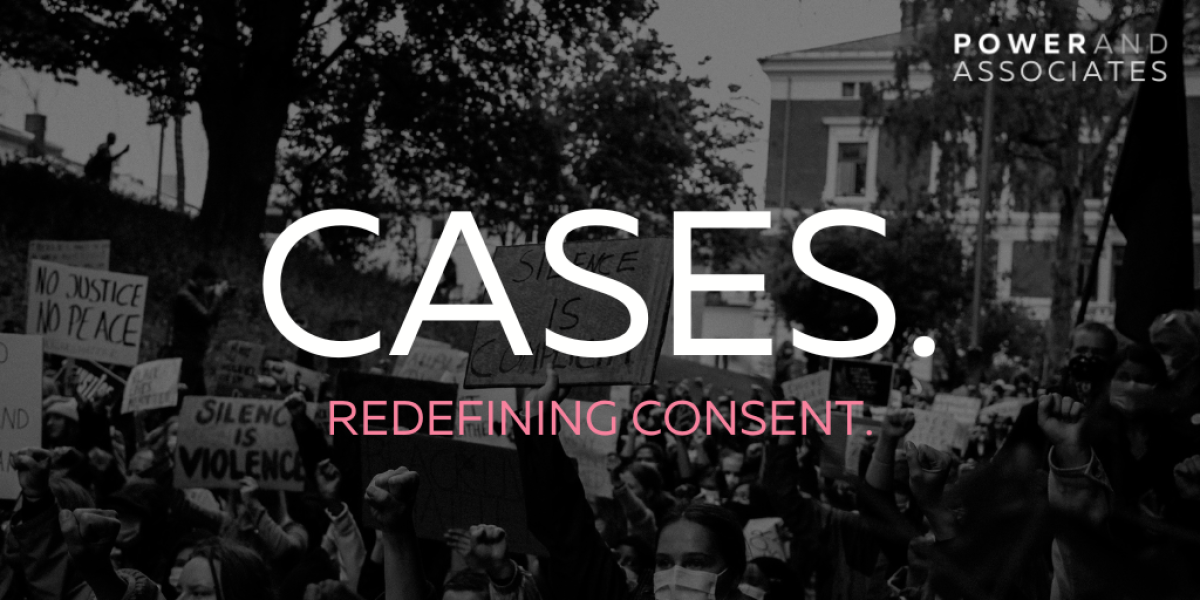United States District Court strikes down school policy requiring female learners to wear skirts
Peltier and Others v Charter Day School Inc. and Others, Case No. 7:16-cv-00030-H
Court: United States District Court for the Eastern District of North Carolina, Southern Division
Date of judgment: 28 March 2019
*****
On 28 March 2019, the United States District Court for the Eastern District of North Carolina, Southern Division (the Court) ruled that the uniform policy of a public charter school in North Carolina violated the equal protection clause in the Constitution of the United States (US Constitution) by applying different uniform requirements to male and female learners. In particular, female learners were required to wear skirts to school, and prohibited from wearing pants or shorts.
Background
In terms of the school uniform policy of the Charter Day School (CDS Inc), a distinction was drawn between clothes to be worn by male and female learners. The plaintiffs, who were the guardians of minor children acting on their behalf, challenged the school’s uniform policy which required female students to wear “skirts, skorts, or jumpers, but did not allow them to wear pants or knee-length shorts; to the contrary, the uniform policy provided for male learners to wear shorts or pants.
The defendants argued that the school was a charter school in terms of the Charter Schools Act, which stipulates that charter schools are operated by private, non-profit corporations and that the board of directors may decide matters related to the operation of the school. They argued further that the uniform policy’s requirements inextricably supported and constituted part of the overall design of the school and its broader “traditional-values” approach. In this regard, it was argued that this approach was invoked to instil discipline, maintain order and foster mutual respect. Under the uniform policy, non-compliance could result in disciplinary action including expulsion, suspension or removal from class.
The plaintiffs did not dispute the authority of the defendants to establish and impose a school uniform policy in general but challenged the skirts requirement on the grounds that it forced girls to wear uncomfortable and less warm clothing than their male peers. This restricted their ability to engage in physical activity, distracted from their learning and limited their opportunities. The plaintiffs argued that the school uniform policy constituted sex-based discrimination and accordingly violated (i) the rights afforded by Title IX of the Education Amendments of 1972; and (ii) the equal protection clause enshrined in both the US Constitution and the North Carolina Constitution.
Title IX claim
Title IX Education Amendments of 1972 provides that “no person […] shall, on the basis of sex, be excluded from participation in, be denied the benefits of, or be subjected to discrimination under any education program or activity receiving Federal financial assistance.” However, in 1982, the Department of Education revoked the provision that prohibited discrimination in the application of codes of personal appearance. Because of this, the Court accepted that Title IX did not apply to the personal appearance or school uniform codes at all. The Court held that issues involving codes of personal appearance should be resolved at the local level through the discretion of the school, and concluded that the plaintiffs had not made out a case under Title IX.
Equal protection claim
To establish a claim in terms of the equal protection clause, the plaintiffs were required to prove that: (i) the defendants deprived them of a right secured by the US Constitution or laws of the United States; and (ii) they deprived them of this right under colour of state action.
The plaintiffs submitted that as owners and operators of a public school, the defendants were state actors subject to the US Constitution and the North Carolina Constitution, including the constitutional equal protection mandate. The question before the Court was whether a non-profit board of private individuals operating a public charter school acted under the colour of state law when they promulgated and enforced the uniform policy.
The fact that the school was public did not end the inquiry. Instead, the Court noted that the question was whether the function performed had been traditionally the exclusive prerogative of the state. Applying the “close nexus” test, the Court confirmed that there were times where private behaviour may constitute state action where a traditionally state-exercised function was exercised by a private entity. The school, in providing free public education, was carrying out a historically exclusive state function, and therefore was acting in the colour of state law by promulgating the uniform policy.
The Court went on to find that the uniform policy violated the equal protection clause, which protects individuals against intentional, arbitrary discrimination. In this regard, the Court held that the adoption of differential standards for males and females did not impose comparable burdens on both sexes: the skirts requirement caused girls to suffer a burden boys did not, simply because they were female. In respect of the defendants’ argument that the school policy reflected the traditional-values approach of the school, the Court stated as follows:
While [the Court] recognizes that certain sex-differentiated standards consistent with community norms may be permissible, the skirts requirement in this case is not consistent with community norms. Women (and girls) have, for at least several decades, routinely worn both pants and skirts in various settings, including professional settings and school settings. Females have been allowed to wear trousers or pants in all but the most formal or conservative settings since the 1970s … [I]t is worth noting that the community standards which may account for the differences in standards applied to men and women, girls and boys, do not remain fixed in perpetuity.
Further, the Court noted that the defendants failed to show how the wearing of skirts furthered goals of mutual respect between the sexes, maintained order or discipline or was consistent with community standards prevalent in North Carolina. Accordingly, the Court held that the uniform policy was based on impermissible sex stereotypes and amounted to unconstitutional sex-based discrimination in violation of the equal protection clause. The Court concluded that the plaintiffs were entitled to summary judgment on this issue in respect of CDS Inc. as the entity that possessed the final authority over the uniform policy.
The full judgment is accessible (via the American Civil Liberties Union) here.
Please note: The information contained in this note is for general guidance on matters of interest, and does not constitute legal advice. Power Singh Inc. was not involved in this matter. For any enquiries, please contact us at [email protected].





